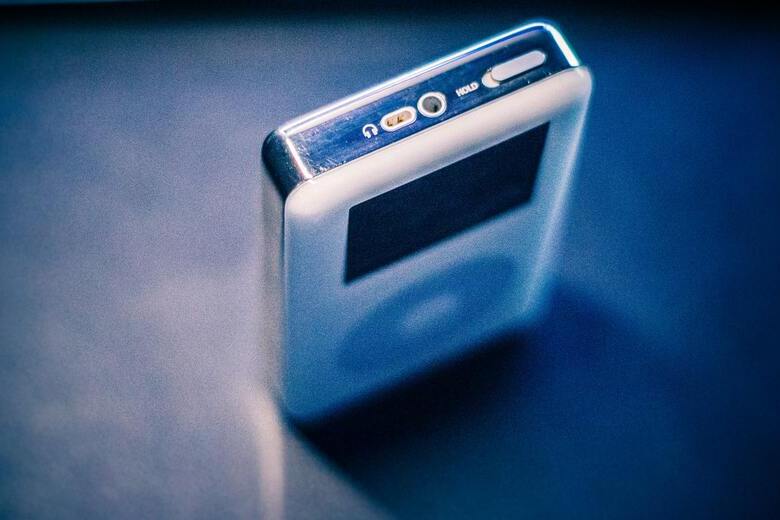Want to come up with an invention but can’t think of a new idea?
When it comes to product ideas, a common misconception is that a good idea is synonymous with a new idea. This is resoundingly false. The next time you’re forcing yourself to come up with a new invention idea, think about bread instead.
Yes, you read that correctly.
Specifically, the idiom: The greatest thing since sliced bread.
Figuratively, we understand this idiom is used to describe something that’s astoundingly innovative. For the purpose of this article, let’s try to understand the innovation of sliced bread literally instead.
Is this product idea solution useful? Yep. It’s less time we spend cutting up a loaf slice-by-slice and more time for us to make delicious French toast, sandwiches, grilled cheese, or whatever your heart fancies.
Is it a simple solution? Absolutely. All it required was for the bread to be sliced before being bagged and shipped to stores, and all you need to do is to pick up the pre-sliced, pre-wrapped bread off the shelf.
Was it a new product idea at the time? Not a chance. This solution is built upon existing products: the bread slicer and the bread itself.

So, a good idea does not have to be new. Rather, a good idea can be something that improves on an existing solution. To simplify, when you make an invention, you should strive to achieve two things:
- Your invention idea is a solution to a problem worth solving.
- Your invention idea is simple.
1. To Make an Invention, Your Idea Should Solve a Problem
A great product idea addresses a problem worth solving.
A problem worth solving is one that’s relevant and has a legitimate solution.
In this context, relevance means your idea solves a salient issue for enough people, and legitimacy means the problem is actually solvable.
The key to brainstorming and coming up with a great idea is to stay grounded and think about recurring events that pose problems in your daily life. Whether personal or work-related, the more familiar you are with the problem, the better equipped you are to solve it. So when you want to make an invention, start by picking a niche or industry that you’re comfortable with as the foundation of your idea.
A fast way to determine if your product idea is legitimate and relevant is to reach out to people outside your circle. Ideally, you want to connect with potential customers who are part of your target audience and professional experts like the ones here at MAKO Design + Invent.
Ask them if they would buy your product as is or if there’s room for improvement. The great thing about the ideation process is that you’ll have plenty of chances to rethink, retool, and perfect your ideas.
In the long term, figuring out the relevance and legitimacy of your solution goes beyond the idea. Again, this is why we recommend that you pick a niche or industry you’re familiar with and comfortable with when developing your new invention idea.
iPod vs. Zune
The first thing to think about is timing when introducing your new invention idea. In the early 2000s, transferring MP3s from your computer to your device was equally difficult as it was time-consuming. Furthermore, MP3 players at the time could only hold a few songs.
The original iPod was so successful because Apple focused on simplifying the end-to-end user experience. Through iTunes software, users could easily manage their music library and transfer over almost the entirety of their library thanks to the iPod’s 5GB of storage space – it was a revolutionary, easy-to-navigate ecosystem.
Now let’s fast forward to 2006 when Microsoft released a direct competitor – the Zune. While it’s true that the Zune was more feature-packed than the iPod, consumers felt these features didn’t address a worthwhile problem, especially in a market already dominated by Apple.
What was the final nail in the coffin? With the advent of smartphones, consumers no longer needed dedicated music players like the Zune. After six short-lived years, Microsoft closed the digital Zune Marketplace and ended the production of the Zune product line in 2012.

Along with timing, when you make an invention, the other key elements you should consider are your team, business model, and funding. What kind of engineer is more suitable for your project – electrical or mechanical? What are your revenue streams? How are you going to use your funding? As the subject matter expert in your target niche or industry, you’ll be better equipped to handle such questions.
2. Make an Invention That’s Simple for the End-User
A good invention idea is also one that is simple for the end-user.
What do we mean by simple? Not only should your product be simple to build and use, but the key selling points of your invention should also be simple to explain.
When you open a YouTube video, you’re immediately greeted by an ad. In most instances, there’s one thing you’ll remember about that ad. Even though it was likely about 15 seconds long, you were longing to click the “Skip Now” button that becomes usable after the five-second countdown.
Now, if the ad was relevant to you, the content might have caught your attention long enough for you to watch most of the 15-second ad.
Be Concise and Precise
When you make an invention, you should be able to explain the key selling points of your product in about 15 seconds – the length of a typical YouTube ad. Remember that the consumer’s time is valuable. Consumers have the luxury of choosing from a vast array of brands and products. As a result, it’s easy for them to tune out any product that doesn’t immediately indicate how it solves a pain point.
A product that’s difficult to explain is a product that will have a hard time generating interest. So it’s critical that you’re able to explain the value of your product in a short amount of time — and you need to do it repeatedly. That way, the next time a consumer is ready to make a purchase, your product is one of the first that comes to their mind.
Lastly, when you make an invention, you should prioritize making it easy to use and build. MAKO Design + Invent’s President and Founder, Kevin Mako, does a great job explaining why the simpler the product, the higher the chance of success will be. Here are a few of the main reasons:
- Cost. Less money is spent on the design, engineering, prototyping, and manufacturing processes.
- Reliability. A relatively simple product will be far more reliable than a complicated one. The fewer defects, the lower the cost of your entire return and repair process. Most importantly, a reliable product is the road to happier customers and better reviews.
- Customization. You can reinvest the profits into an updated version of your original product.

Conclusion
Clearly, there are a lot of factors to consider when you’re trying to come up with a new invention idea – the least of all is ‘complete originality.’ So the next time you’re at a roadblock and corner yourself into believing that your idea must be new for it to be good, just think of bread.
Stay hungry and keep trying to perfect your great invention idea. An idea that offers a simple solution to a problem worth solving.
About: MAKO Design + Invent is the original firm providing world-class consumer product development services tailored to startups, small manufacturers, and inventors. Simply put, we are the leading one-stop-shop for developing your physical product from idea to store shelves, all in a high-quality, cost-effective, and timely manner. We operate as one powerhouse 30-person product design team spread across 4 offices to serve you (Austin, Miami, San Francisco, & Toronto). We have full-stack in-house industrial design, mechanical engineering, electrical engineering, patent referral, prototyping, and manufacturing services. To assist our startup and inventor clients, in addition to above, we help with business strategy, product strategy, marketing, and sales/distribution for all consumer product categories. Also, our founder Kevin Mako hosts The Product Startup Podcast, the industry's leading hardware podcast. Check it out for tips, interviews, and best practices for hardware startups, inventors, and product developers. Click HERE to learn more about MAKO Design + Invent!







